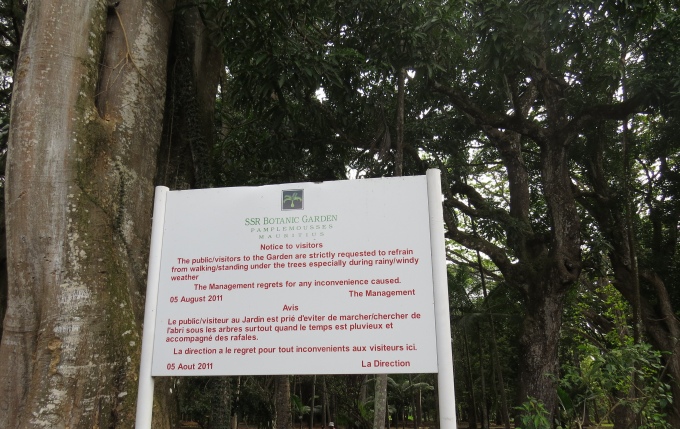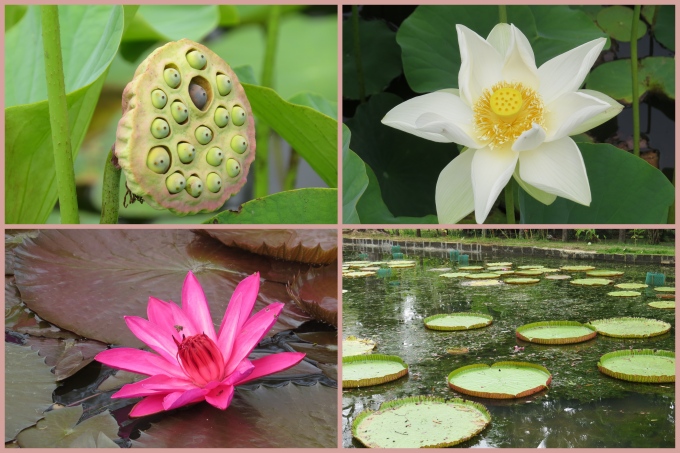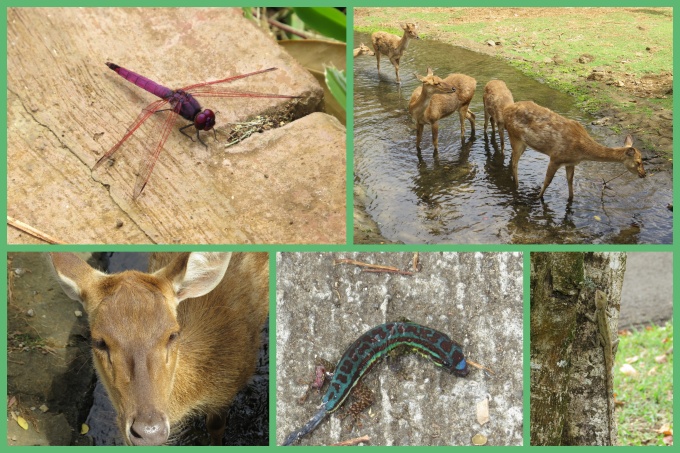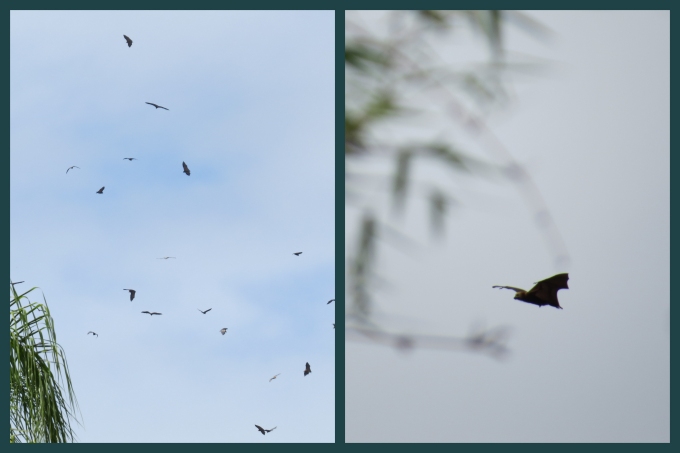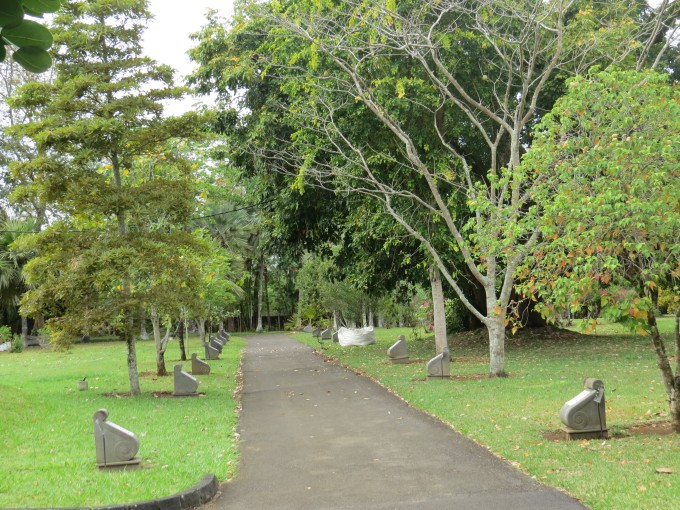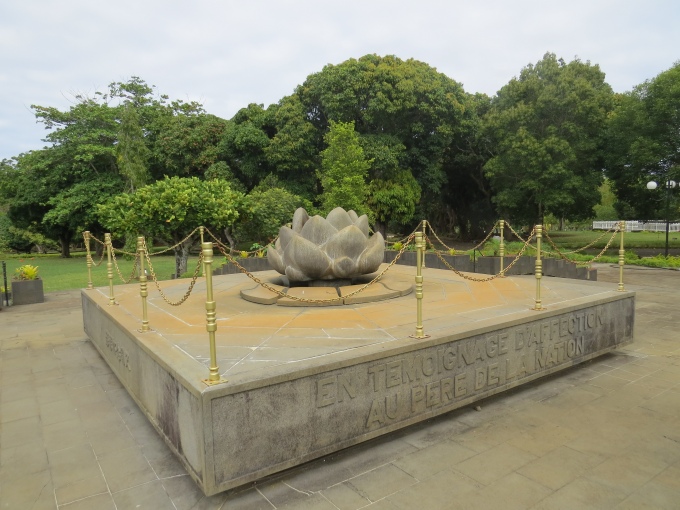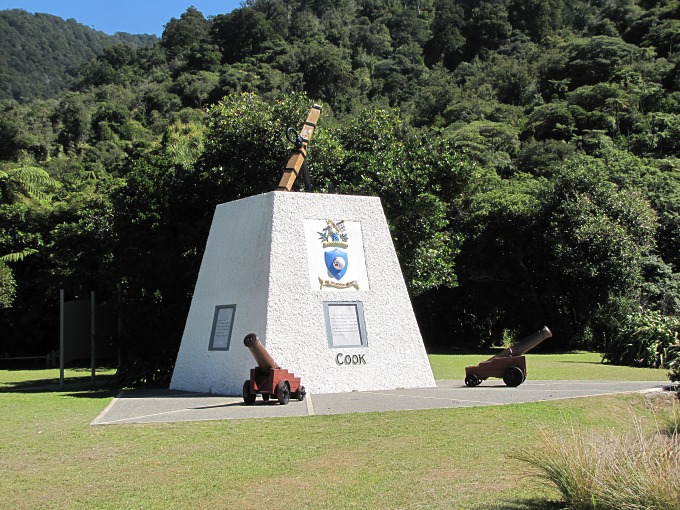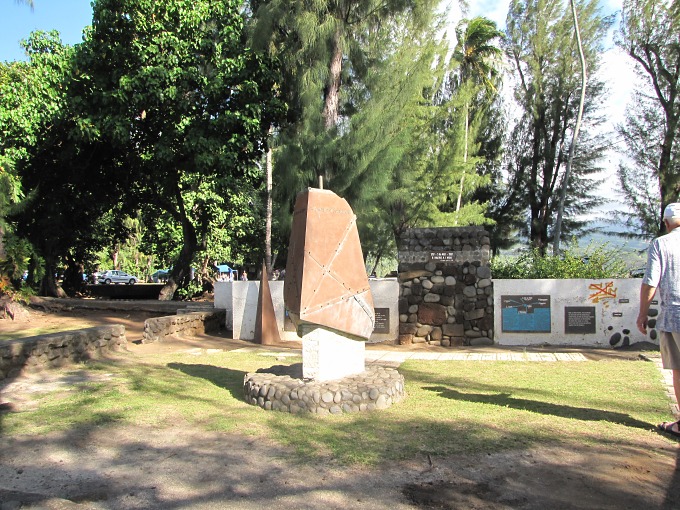Botanic Gardens, Birds and Captain Cook
/It was a play day today. There were numerous possibilities for heading out of Port Louis. The bus system takes you everywhere on the island. We could venture to Riviere des Anguilles (River of Eels), or Flic en Flac (??), Cap Malheureux (Cape Unhappy), Trois Mamelles (Three Udders) or Poudre d'Or (Gold Dust). In the end, we chose Pamplemousses (Grapefruits) because there were two places we wanted to visit there … the Botanic Gardens and L'Aventure du Sucre, a sugar museum.
We walked to the North Bus Terminal and asked for a bus to Pamplemousses. A friendly fellow pointed to a bus that was leaving and we jumped aboard. We told the conductor where we were going, paid our fare (50Rps = $1.66 US for both of us) and asked him to let us know when to get off the bus. It wasn't far away, less than 10 miles, but this wasn't an express bus and it took us about 40 minutes to get there. The bus dropped us off about 1km (.6 miles) from the entrance to the Sir Seewoosagur Ramgoolam Botanic Garden and we arrived just as the gates were opening.
The local guides were waiting and were very persuasive, but we managed to say no and extricate ourselves from their grasp and get on with our own self-tour. I photographed the map of the park and we chose the highlights we wanted to see. Ambling through the garden's forests, we got a kick out of the sign that asked us to refrain from walking under trees, especially when the weather was windy or rainy.
These gardens are certainly not the largest or most elaborate we've seen, and not much was in bloom though it's springtime here. Still, we enjoyed the peace and quiet as we walked along the garden paths. There was a pool of giant Amazon lily pads, but the delicate lotus blossoms stole the show.
There were lots of birds around, as you can imagine. We could hear the chorus of song all around us. Not many of them are endemic species or even native, but several were new to us, so we were content with what we saw. We'd love to see a pink pigeon, endangered and endemic to Mauritius, but we haven't figured out if we can get a bus to the area in which they're located. We think not.
The park has a small display of giant tortoises, but it wasn't very appealing after our Rodrigues adventure. The Dutch introduced deer back in the 18th century and there's a small captive deer herd in the park. Beyond caged animals, we saw a colorful skink and the most beautiful iridescent dragonfly. I'd hoped to see lots of butterflies, but there weren't many around.
I looked up at one point, trying to figure out the type of birds circling above us in a huge flock. Turns out, they were Mauritian flying fox, aka Mauritian fruit bats, and not birds at all. We were surprised to see them out in such great numbers during the day, but evidently these guys work during the day and the night when there's fruit to be “harvested”.
We walked down the lovely Avenue Belle Eau lined with trees planted by visiting dignitaries including Nelson Mandela, Indira Gandhi and Francois Mitterand.
At Chateau de mon Plaisir, an original sugar plantation manor house, there was an historic photo display dedicated to Sir Seewoosagur Ramgoolam, a Mauritian politician, statesman and philanthropist, who led the movement for Mauritius independence and served as its first Prime Minister.
Nearby was a lovely monument dedicated to Ramgoolam's memory as the “Father of the Nation”.
We stopped at a little gazebo and just took in the cool, peaceful ambiance while sipping some water and eating snacks we'd brought along … a lovely way to start the day. The walk to L'Aventure du Sucre is about 1.5 km (1 mile) away. Put on some comfy shoes and come along.
Lest we forget, it's Captain James Cook's 286th birthday today … November 7, 1728. He's one of our favorite explorers and navigators. Read more about him here.




